Schematics like the one that you show should be regarded as simplified schematics - the actual implementation is likely more complex.
Anything that is not specified in the tables, graphs or text --- generally with tolerances --- is not a useable design property.
When reading the NUD3160 specification, I do find a property related to the value of the resistor, the \$I_{GSS}\$ or Gate Leakage Current:
 There is also a graph showing the dependancy on the junction temperature for two voltage levels.
There is also a graph showing the dependancy on the junction temperature for two voltage levels.
At 5V, nominal temperature you get 90uA, which means an effective impedance of about 55k . At 125°C, that becomes 45k. The variance is at least 10%, and the observed value is half of the 100k value shown in the schematic.
So as far I can can see, there is an indirect specification of the 100k value, and it shows that there is more to it than the schematic shows. I am not going to guess where the other half of the current flow is going.
Regarding the pull-up to enable the driver.
As your core issue is to get the driver "ON" at startup, you basically need to use this leakage current specification.
The maximum rating for the Gate-Source voltage is 12V, and it is best kept close to a value not exceeding 5V. You get between 40 and 110uA at 5V. You are powering from 24V, so your target is 19V accross the pull-up resistor - so it would take a value between 170 kOhm and 475 kOhm. You do not want to exceed 10V on the gate - at that voltage with the minimum current (40uA), the resistor has to be at least 350kOhm. The actual minimum current is not specified (the table indicates "maximum current"), but the 40uA at 5V is surely below your practical usage - at 0°C it is about 47uA.
Checking the 350kOhm resistor, at 40uA, the gate voltage will be 10V (due to the resistive voltage drop). With a gate voltage of 2V, the current would be 63uA. That is just above the worst case current at 3V for a nominal temperature.
Figure 5 of the specification (the typical \$I_{GSS}\$ current versus temperature) shows that the typical current is lower. And implicitally - due to the variance in the production process - some devices can even have a lower current (just like some devices have a higher than typical current). The fact that the lower bound is not given is an issue.
As a result, with the available information, it seems impossible to ensure proper operation under all conditions with a resistor alone. The current might be lower than 40uA, which means that the gate voltage might exceed the absolute maximum rating. Increasing the resistor to lower the voltage does not ensure a high enough gate voltage at higher currents.
To conclude with a solution, it seems best to add a 5.1V zener diode across the Gate/Source, and use a 150kOhm pull-up resistor. With low currents, the zener diode ensures that the voltage remains within the maximum ratings, and with high currents, the voltage drop of the resistor is low enough to still provide 110uA.

